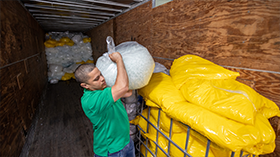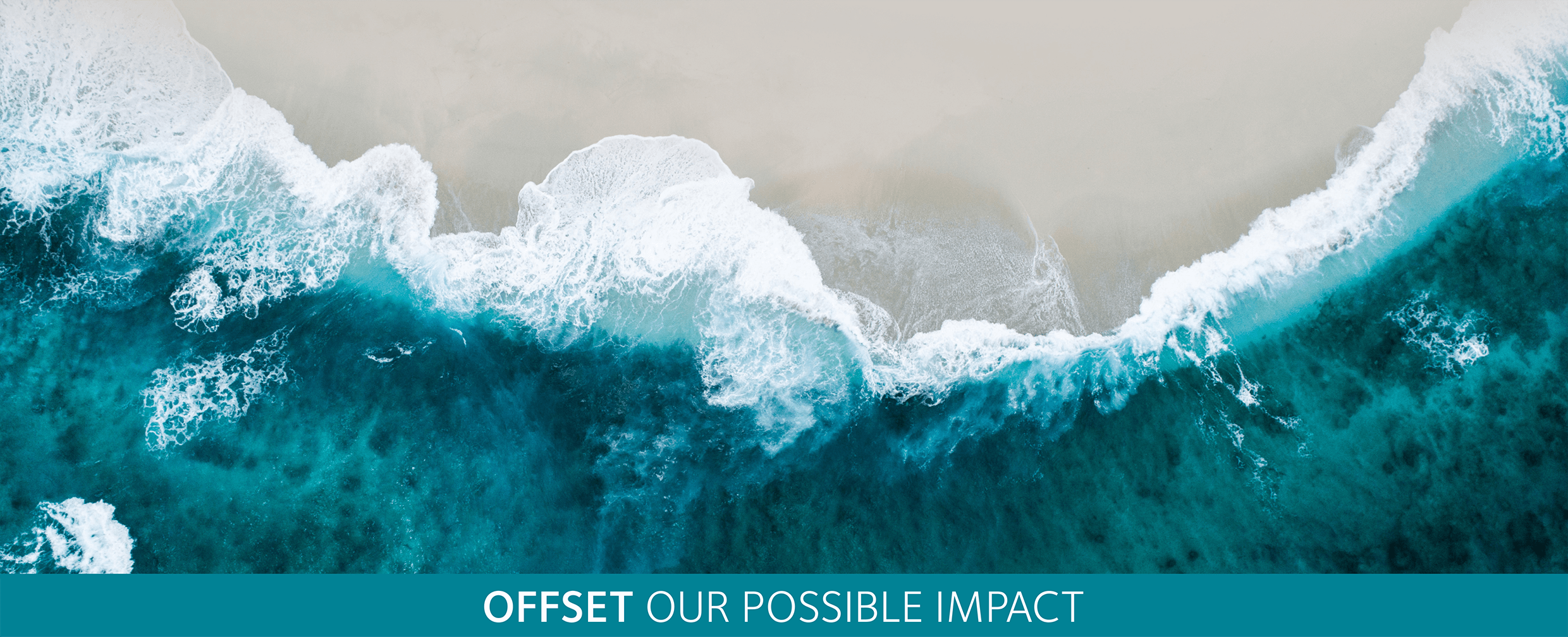A BRIGHTER TOMORROW STARTS WITH ALL OF US, TODAY.
Here at CooperVision, we’re taking steps in our manufacturing and distribution to operate more sustainably where possible. We are striving to eliminate waste and unnecessary packaging to reduce our environmental impact.1 By facilitating the responsible sourcing of materials,2 reusing waste where we can*3 and starting to offset waste from our products and packaging that cannot yet be reclaimed, we’re taking strides to improve the well-being of People + Planet.†3


We work with partners to collect our manufacturing waste, recapturing resources and giving them new life when possible.*3

The materials that make up our products and packaging are valuable resources—even after they’re used. Today, we’re working to prevent plastic’s diversion into nature,†3 and we invite you to join our collective effort toward a circular economy.
This means we’re taking steps to reclaim our manufacturing materials after they’ve served their initial purpose5—by seeing their potential to be reborn. By working together with our partners to make the most of the current recycling infrastructure where possible, we’re recycling our resources and giving our materials a new life.

Explore more and see how we're taking steps towards a brighter tomorrow.
* CooperVision's 2020 Environmental, Social, and Governance Report.
† Refers to CooperVision's plastic neutrality initiative with Plastic Bank.
‡ Refers to continuous manufacturing improvement processes undertaken by CooperVision to increase efficiency.
§ Natural resources are defined as but not limited to water, nitrogen, natural gas, and other organic compounds.
| Renewables are defined as materials or energies that can be sustained indefinitely because of inexhaustible supplies or new growth.
¶ CooperVision uses renewable materials and energies in its manufacturing operations.
** CooperVision’s manufacturing processes are designed to adhere to CooperVision’s internal energy goals and design specifications.
†† Refers to CooperVision's plastic neutrality initiative with Plastic Bank and local community beach clean-up efforts.
References:
1. CVI data on file, 2024.
2. CVI data on file, 2023. CooperVision Supplier Code of Conduct.
3. CVI data on file, 2023.
4. Stegmann, P., Daioglou, V., Londo, M., van Vuuren, D. P., & Junginger, M. (2022). Plastic futures and their CO2 emissions. Nature, 612(7939), 272–276.
5. CVI data on file 2020-2023, including Zero Waste to Landfill Report by Manufacturing Site indicating reclamation efforts by waste stream (2022).
16098








